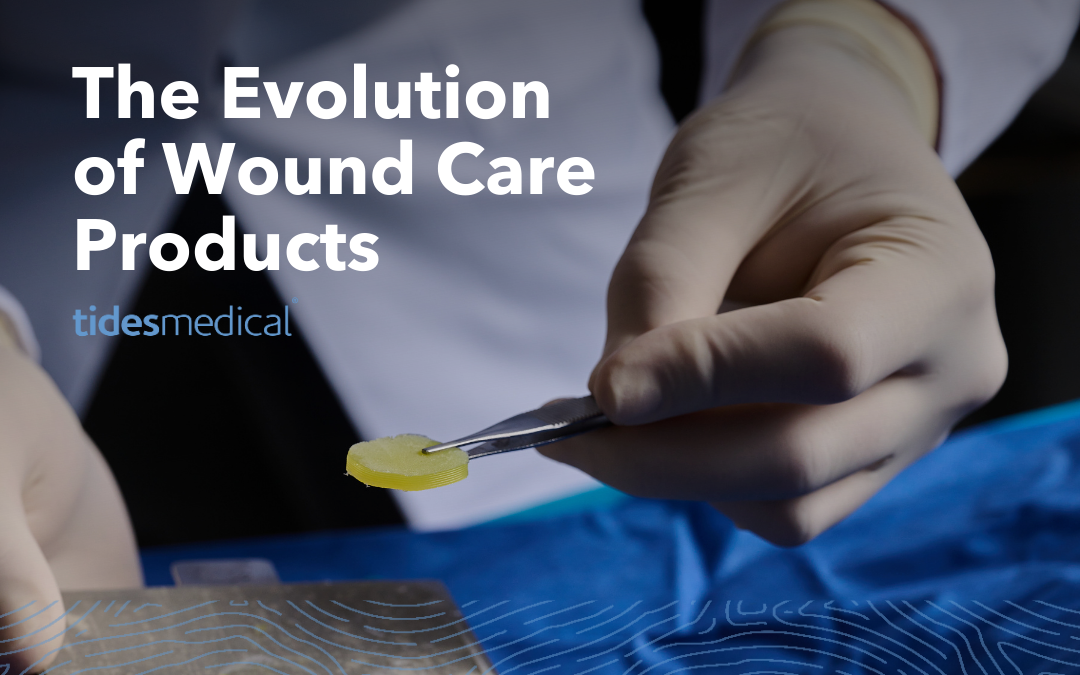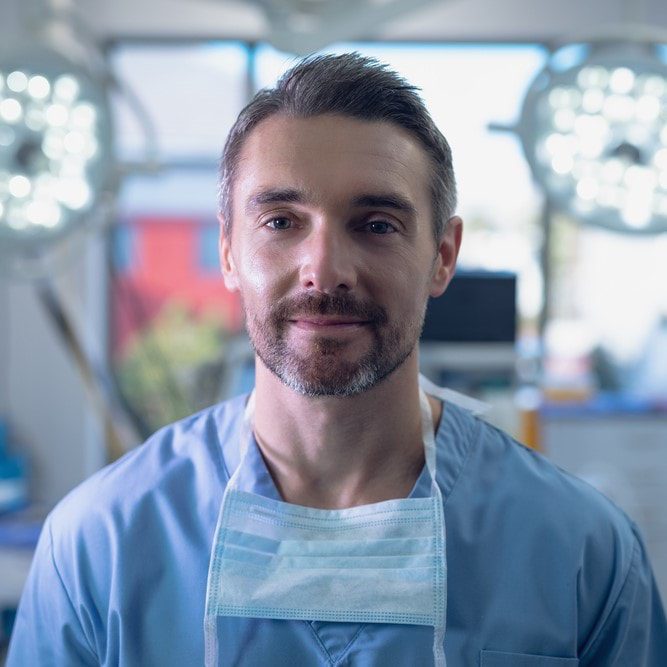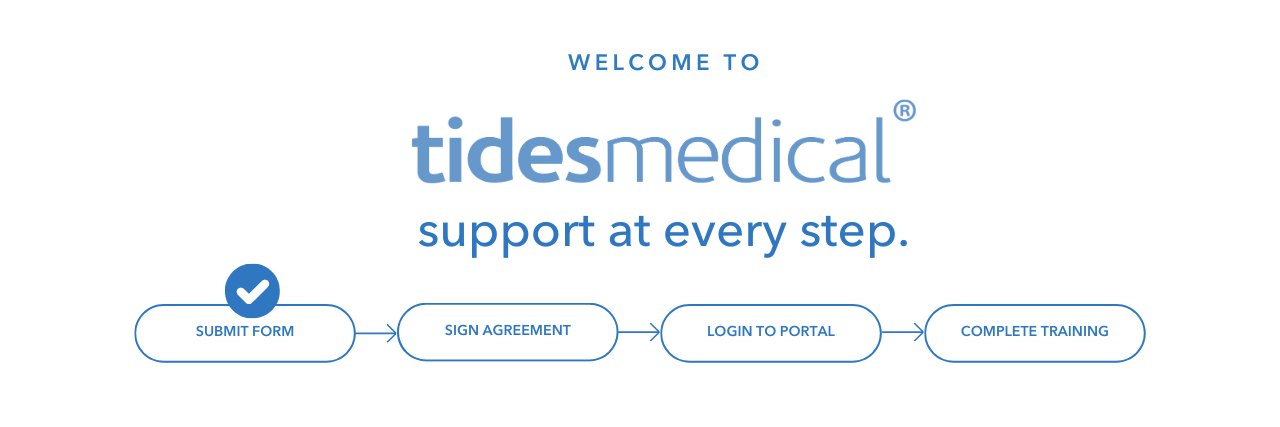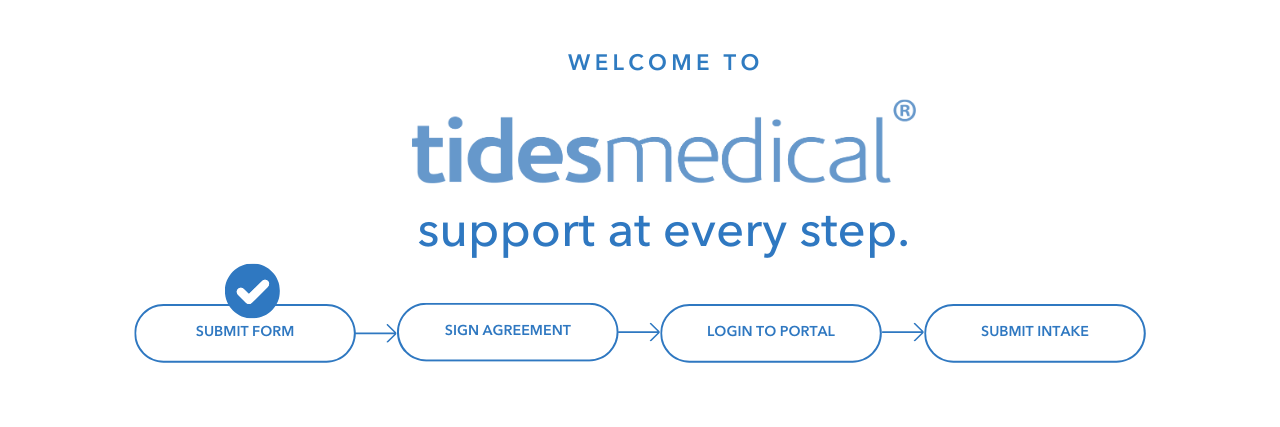The history of wound care products and wound coverings is as old as humanity, dating back thousands of years. Throughout history, people have used various materials and techniques to dress wounds, protect them from environmental contaminants, and promote healing. For example, ancient Egypt used honey as an antimicrobial wound dressing as early as 5,000 years ago. In ancient Greece and Rome, people used linen, wool, and plant-based substances like wine-soaked bandages to cover wounds.
Advances in medical science, technology, and materials, along with a better understanding of wound healing processes, have driven the evolution of wound care products. Let’s take a deeper look at how wound care products have evolved.
How Wound Care Products Have Evolved Over Time
While there may not be a specific date pinpointing the exact moment when wound care products were first used, evidence from ancient civilizations suggests that covering wounds to promote healing has been a part of human medical history for a long time. Here is a broad overview of the evolution of wound care products:
Primary Dressings: Wound care began with simple dressings like cloth or gauze bandages. In the Middle Ages, herbal remedies, poultices, and ointments made from plants and herbs were commonly used.
Antiseptics and disinfectants were not discovered until later in the 19th century, when wound care was revolutionized, particularly with the understanding of germ theory and the importance of sterile techniques. Significant advancements in wound care products were found, and products such as carbolic acid emerged, reducing the risk of infection.
The 20th century brought about further innovations in wound-covering products with the development of synthetic gauze and adhesive bandages. Antibiotics, which offered additional protection against infection, were also introduced in the mid-20th century and made widely available.
The devastation of WW I and WW II spurred advancements in wound care, including the development of biological dressings. Medical professionals experimented with human and animal skin grafts to treat extensive wounds and burns. Later, in the 1980s and 1990s, researchers began to develop skin substitutes using tissue engineering techniques to provide a more sustainable and scalable alternative to traditional skin grafts.
Advanced wound care products: Today, we have access to more advanced wound care products. Biotechnology companies, such as Tides Medical, perform extensive research and can create a comprehensive array of wound care products (amniotic tissue products) designed for chronic wounds and surgical applications. These are safe, easy to use, very effective, and quickly available to all who would benefit from them. Tides Medical products include Artacent Connect, Artacent Flex, Artacent AC, Artacent Ocular, AmnioHeal Plus and more. To learn more about Tides products, click here.
More on Advanced Wound Care Products
Today, biotech companies play a vital role in offering advanced wound care products. As mentioned above, Tides Medical is a biotechnology company that has revolutionized the marketplace with groundbreaking products and technologies that drive advancement in the field and streamline customer experiences, making business seamless and efficient. Tides Medical sources and acquires donated placentals to make advanced skin substitutes available to all patients in need.
Overall, the history of wound coverings reflects humanity’s ongoing quest to improve healthcare and alleviate suffering, with each era contributing new knowledge and innovations to the field of wound care. We look forward to what continued future research and developments will bring and are excited to be a part of this era’s wound care product evolution. If you have further questions, do not hesitate to contact Tides Medical.



 Marc Stemler, Ph.D.,
Marc Stemler, Ph.D.,  Mora Melican, Ph.D., VP of Operations, Research & Development
Mora Melican, Ph.D., VP of Operations, Research & Development LESA CATALON,
LESA CATALON, DAVID CASTILLE,
DAVID CASTILLE,




 Dr. Thomas E. Serena MD FACS FACHM MAPWCA
Dr. Thomas E. Serena MD FACS FACHM MAPWCA JOSH WILLETT,
JOSH WILLETT, JEFF MONTGOMERY,
JEFF MONTGOMERY, MIKE RIDDLE,
MIKE RIDDLE, BENJAMIN KIMBALL,
BENJAMIN KIMBALL, DOUG PAYNE,
DOUG PAYNE, JOE SPELL,
CEO
JOE SPELL,
CEO


